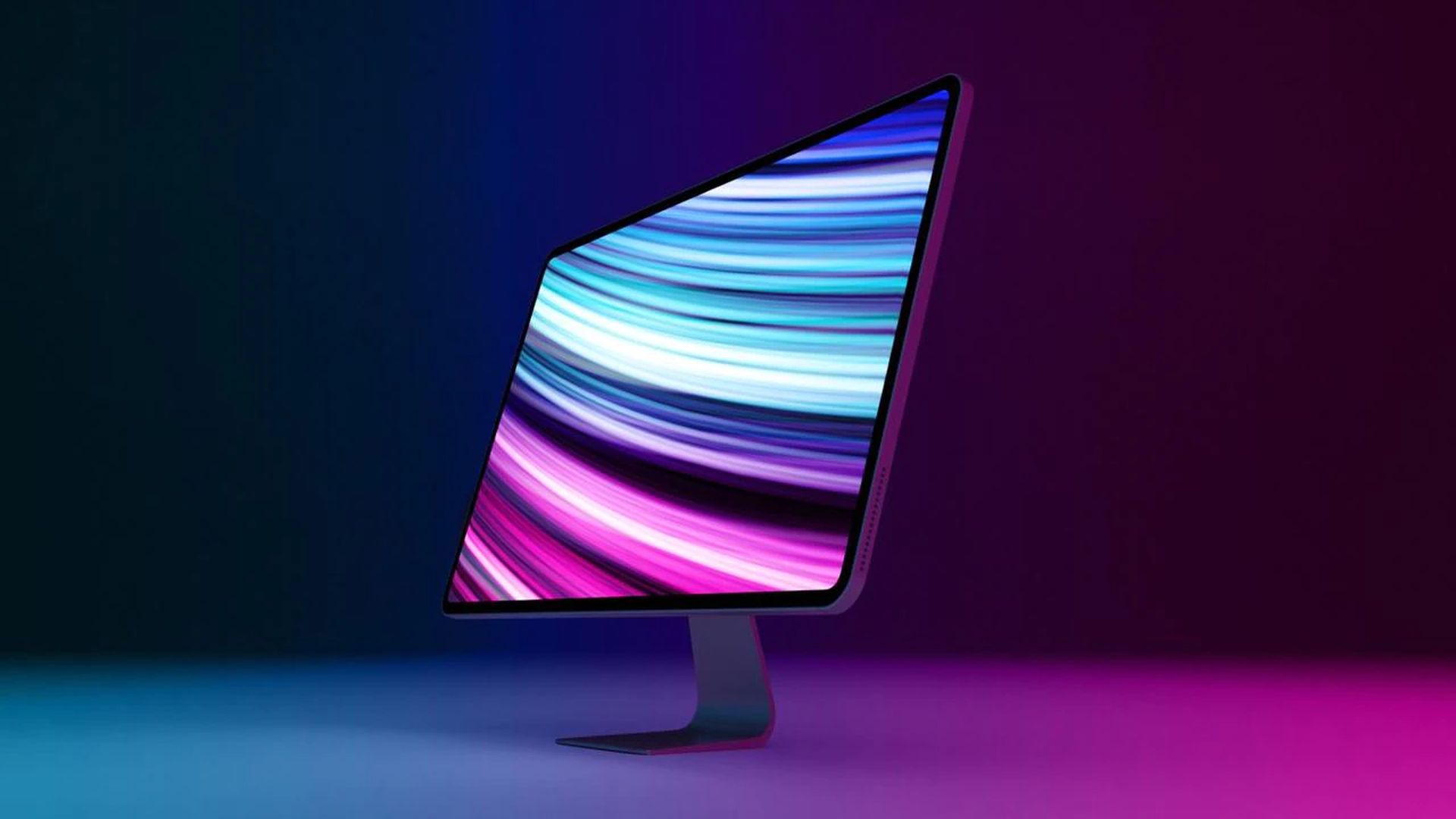In this article, we are going to be going over the rumors about iMac 27-inch, its release date, price, and more.
We believed the larger all-in-one computer was doomed when Apple discontinued the iMac Pro and subsequently completely deleted the iMac 27-inch from its online store. Apple only offers the 24-inch model of the iMac at this time. But what about the huge void left by the 27-inch model in the iMac lineup?
It’s possible that Apple will decide to abandon this product and instead trusts the Mac Studio and Studio Display to satisfy its needs. However, there are intriguing hints that Apple may be thinking about releasing a larger iMac with more performance than the current 24-inch model. Everything we know about the iMac 27-inch.
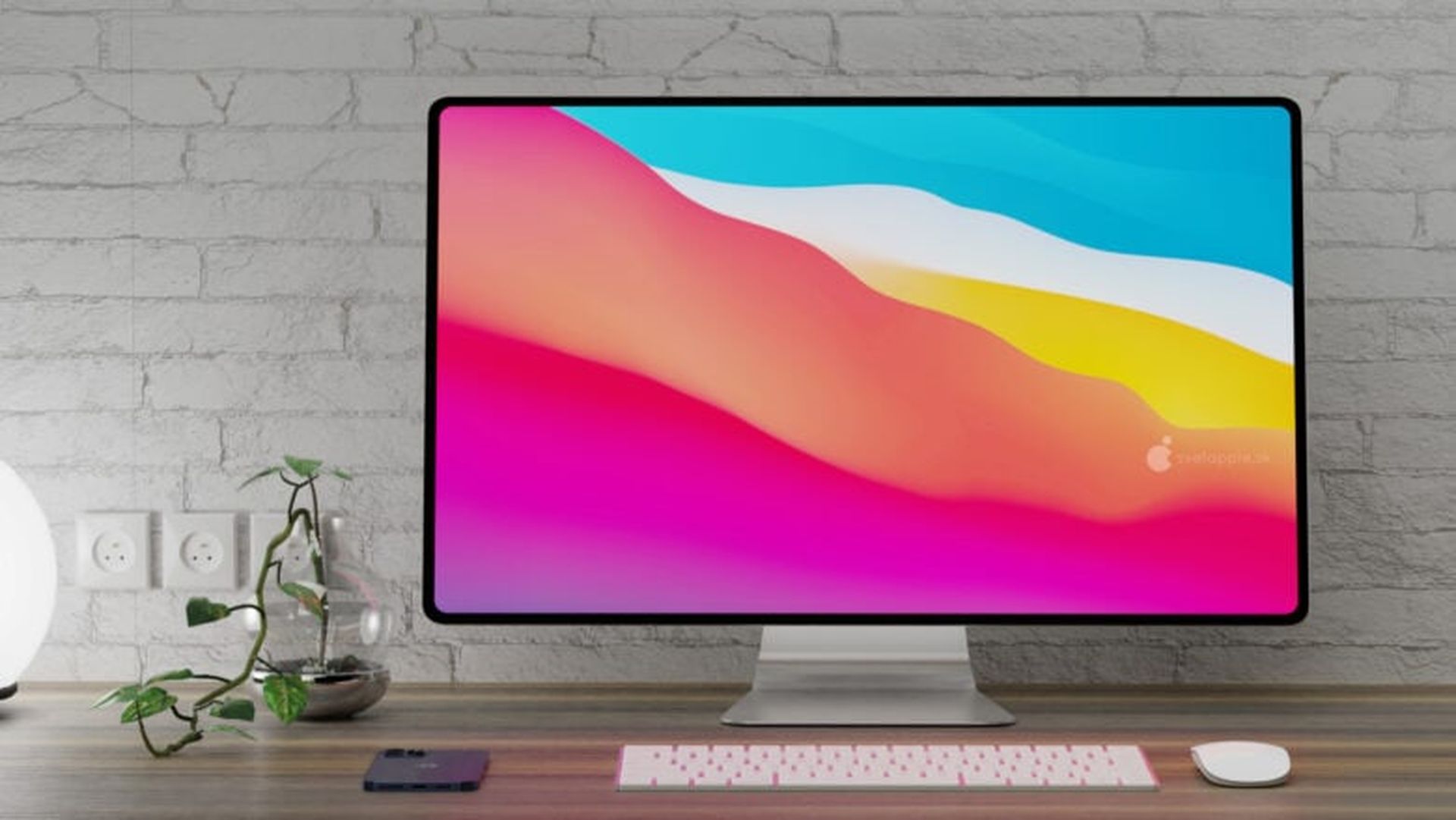
iMac 27-inch release date
In March 2022, Apple introduced a brand-new Mac Studio and Studio Display at its Peek Performance event. Additionally, it was stated that the Mac Pro was the final Mac to use Apple silicon. That appeared to be the end of the larger iMacs for all intents and purposes.
At least for the iMac Pro, that is probably accurate. Apple’s announcement would seem to confirm that the iMac Pro won’t be getting a new release date any time soon since this was always a distinct product line from the standard iMac. But that doesn’t necessarily apply to the iMac. The 24-inch iMac already has an Apple silicon processor, thus it’s possible that a new 27-inch model will be released.
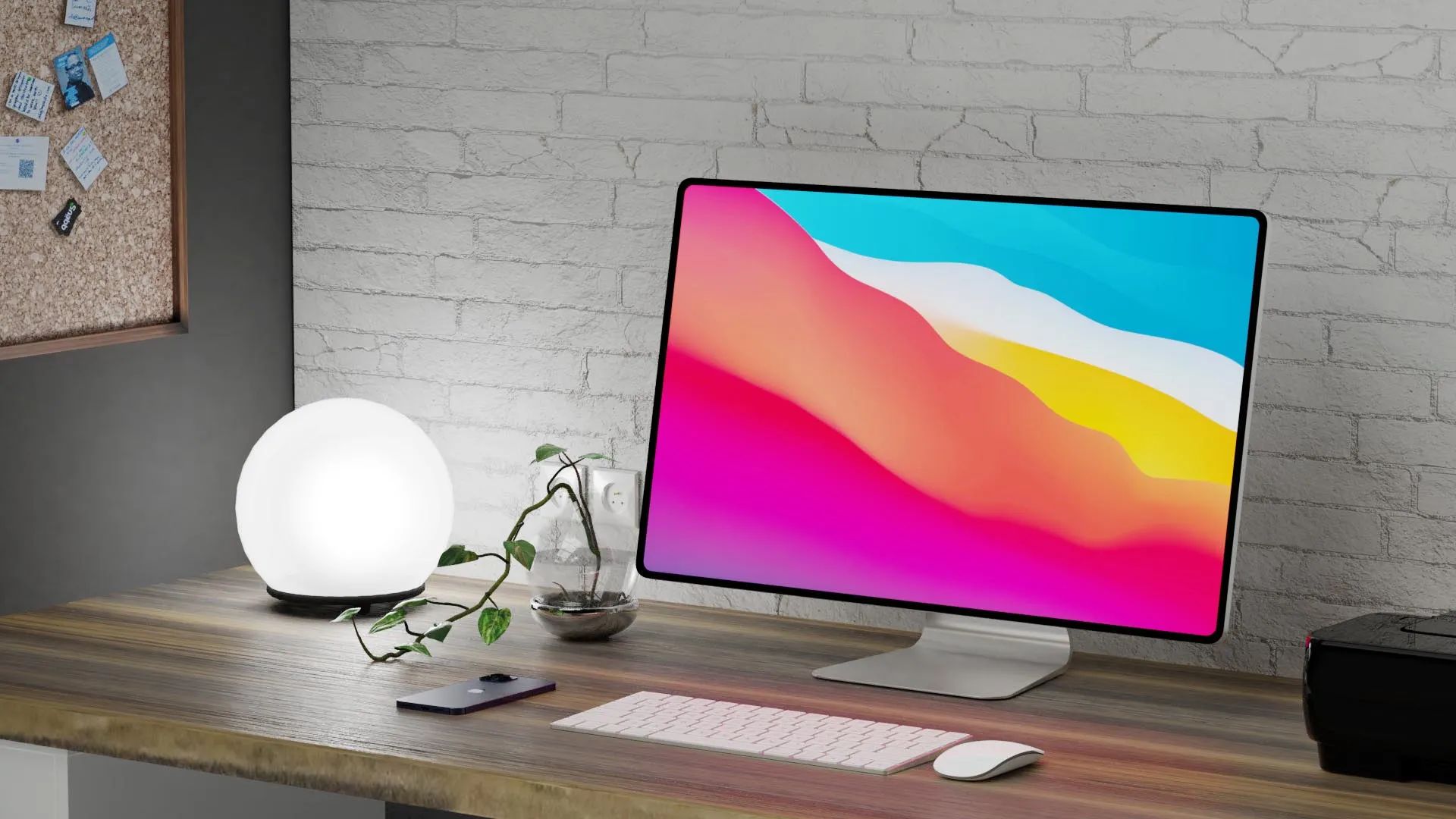
There is still another hint. Apple refers to the 24-inch iMac as “iMac 24” on its website. It appears plausible that Apple would just call it “iMac” if it were the only size available in the iMac family because there would be no need for differentiation. It’s possible to interpret the measures in the name as a hint that a different size is on the way. According to reputable Apple analyst Ming-Chi Kuo, the high-end iMac won’t be released until 2023. Apple likely wants to give the new 27-inch display some breathing room, which might imply the larger iMac won’t be available until 2023.
Mark Gurman, a well-known Apple journalist with a solid track record for Apple leaks and speculations, adds to that impression. Gurman stated in his email at the beginning of July that he anticipated the larger iMac to provide the choice of M3 Pro or M3 Max CPUs. Expect the M3 to launch at the earliest in late 2023 given that we haven’t even seen the M2 Pro and M2 Max CPUs yet (and likely won’t until late 2022 or 2023). The 27-inch iMac might be available at that time at the earliest.

iMac 27-inch price
By examining Apple’s other desktop products, we can learn some details about the probable price. Currently, the 24-inch iMac costs $1,299 as its base price. On the other side, the starting price for the Mac Studio and Studio Display together is $3,598. As a result, there is a massive disparity in the lineup of over $2,000; at $1,599, the Studio Display alone is more expensive than the 24-inch iMac.

Therefore, if Apple were to bring back the 27-inch iMac, we would anticipate it to cost somewhere around $1,799, which is what it cost when it was discontinued. Since the MacBook Pro series had a similar increase when the 14-inch MacBook Pro was released, the beginning price may gradually increase to $1,999. In either case, it will close a gap in Apple’s price range.
iMac 27-inch spesifications
The 24-inch iMac had the impression of being the first Mac to be built around the advantages of Apple silicon, but it does not guarantee that its more expensive brother will follow suit. We are aware that Apple is developing enormous 32-core CPUs, but we believe those will most likely be used in the upcoming Mac Pro. The M1 Ultra or a high-end M2 processor had been mentioned in earlier speculations, but both now seem improbable.
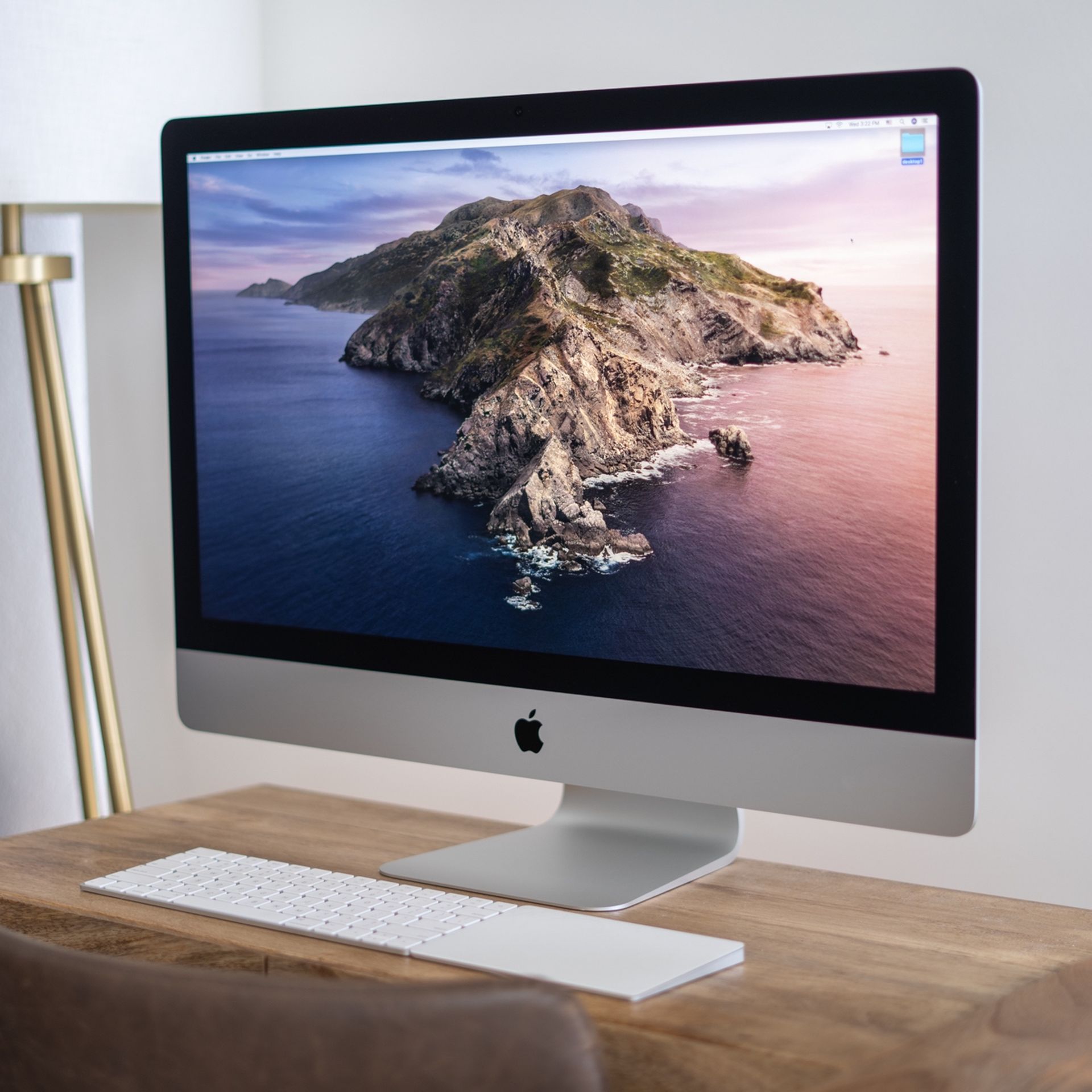
This is because it is currently anticipated that Apple will take some time before releasing the new, high-end iMac. According to journalist Mark Gurman, it will likely provide the option of an M3 Pro or M3 Max processor, both of which are still in the future. Those chip selections are quite wise. Because the present iMac employs an entry-level M1, outfitting its larger sister with the following CPUs in the lineup would provide potential customers with a straightforward option without widening the gap between the different iMac sizes.
That chip could seem appropriate for the iMac Pro, but if it ends up being an iMac 27-inch, it’s probably too expensive. The M2 chip, which is anticipated to debut this year in the updated MacBook Air, is more likely. That processor would be more appropriate for a consumer device like the 27-inch iMac while still providing an improvement in performance over the M1 in the 24-inch iMac, helping to distinguish the two machines.
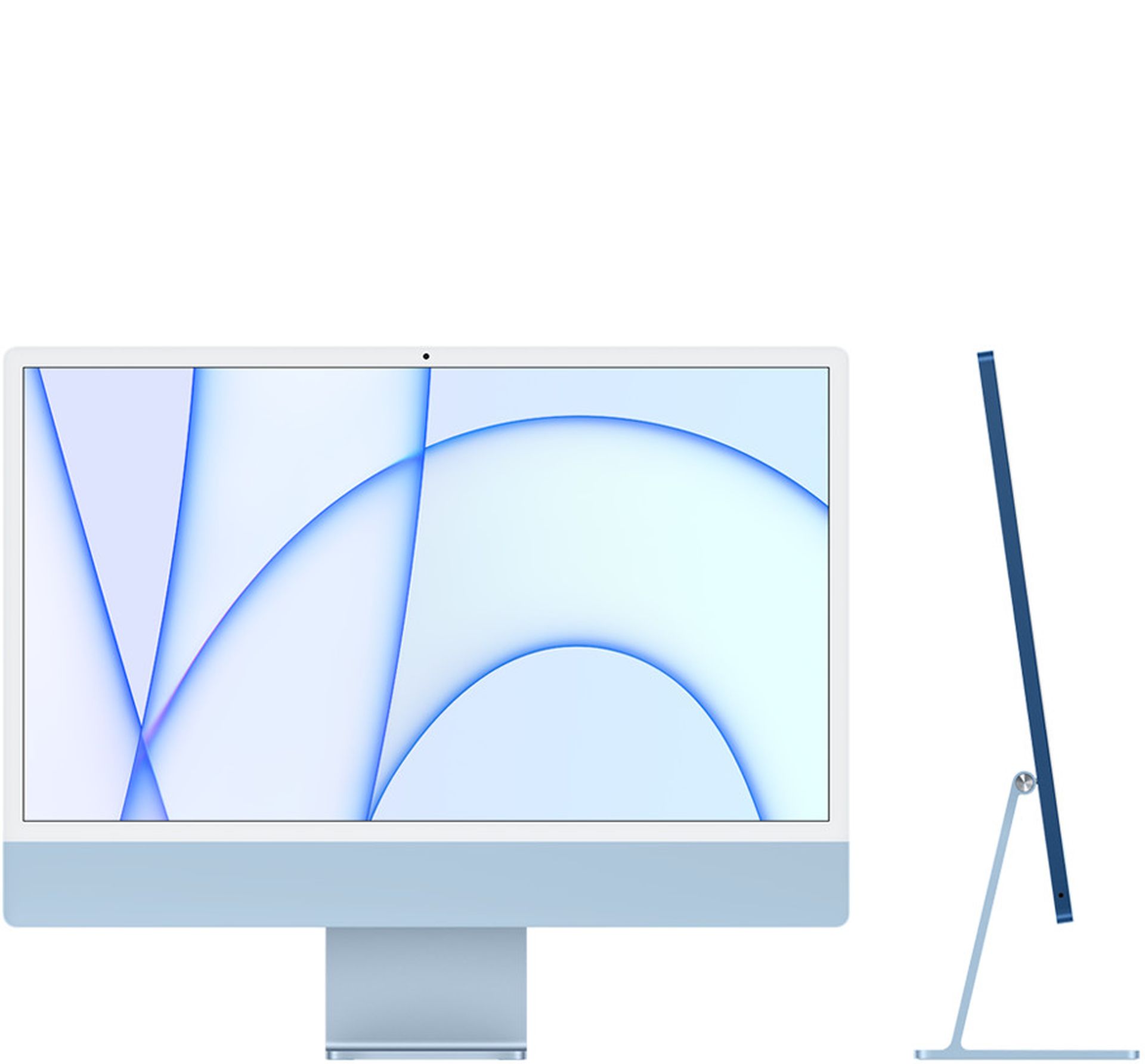
In the iMac 27-inch, it is nearly a given that Apple will not include a dedicated graphics card. Even the most advanced, highest-end Mac Studio keeps the built-in graphics of the M1 Ultra, showing that Apple is clearly confident in the capabilities of its own CPUs.
The new 27-inch Studio Display is beautiful at 5K, while the 24-inch iMac boasts an amazing 4.5K resolution. Although we had previously anticipated a resolution increase—after all, the smaller iMac moved from 4K to 4.5K—the launch of the Studio Display, which features a 27-inch 5K display, shows that may not be the case. Although the panel Apple designed for the Mac Pro, the Pro Display XDR, has a 6K resolution, 5K at 27 inches seems to be good for Apple.
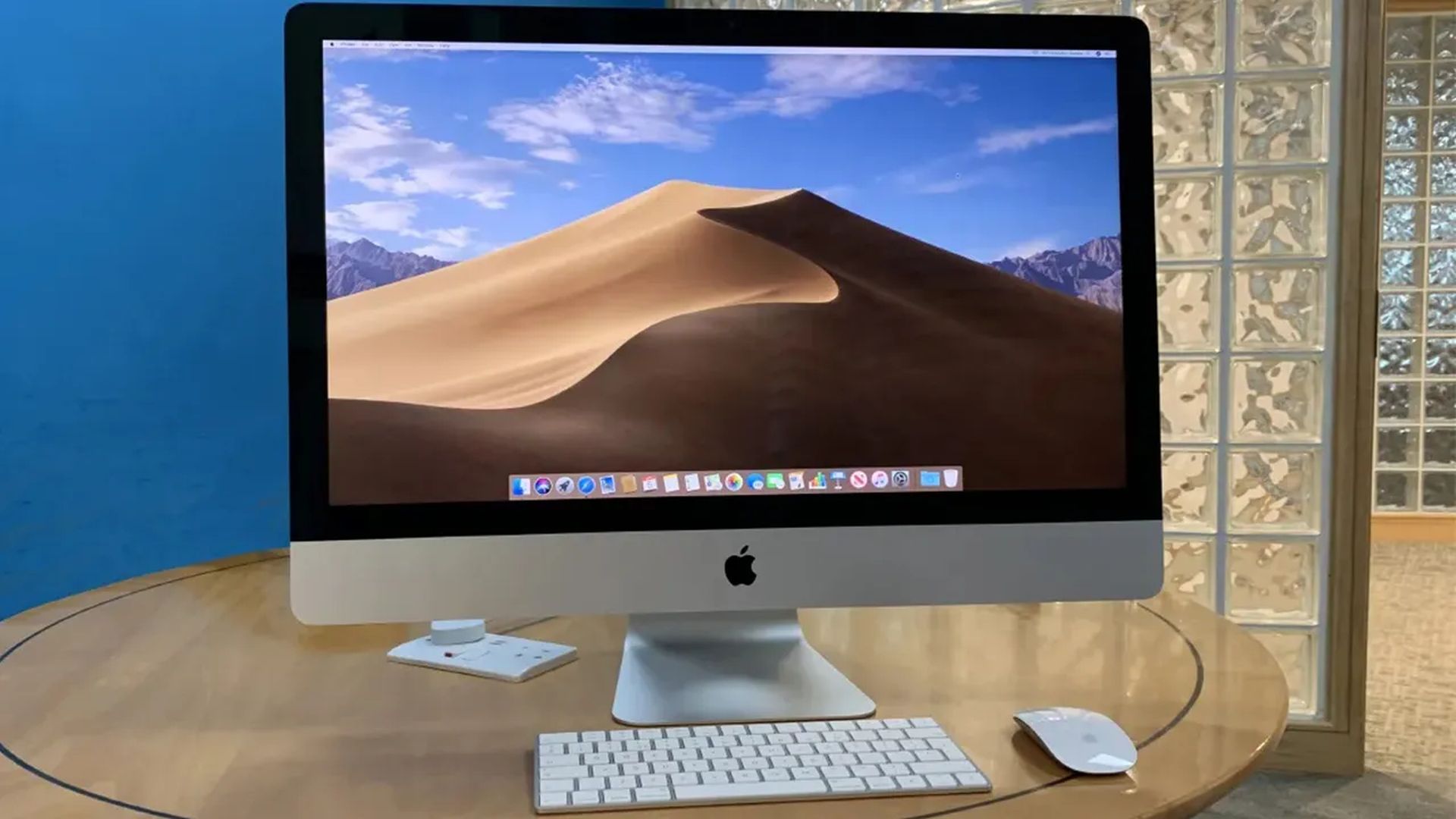
We wouldn’t be shocked if Apple used its mini-LED XDR brand moniker, as it did with the most recent iPad Pro, to supplement the enhanced pixel count. This includes important technologies including ProMotion and HDR compatibility, as well as a significant contrast ratio and peak brightness. Ross Young, a specialist in the display sector, has expressed his opinion that the larger iMac will have a mini-LED panel with a 120Hz variable refresh rate.
We hope that you enjoyed this article on iMac 27-inch: Release date, price, and more. If you did, we are sure that you will also enjoy reading our other articles, such as what is TikTok Music and why is it threatening Spotify and Apple, or Apple Pay on iOS 16 might work with Chrome, Firefox, and Edge.

